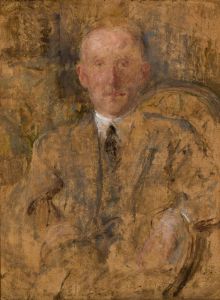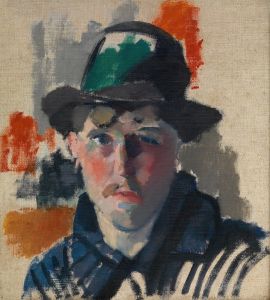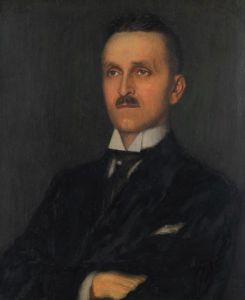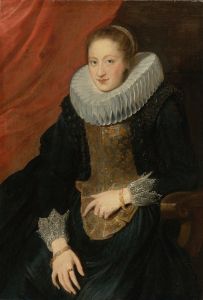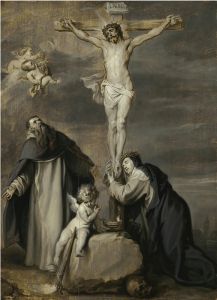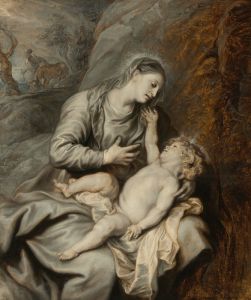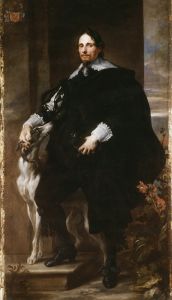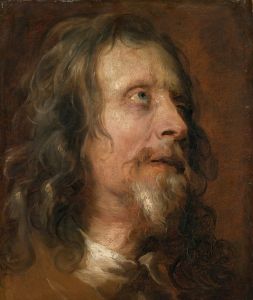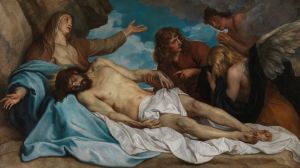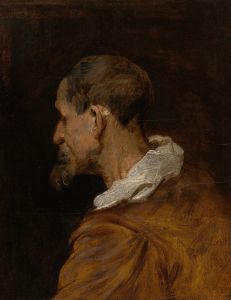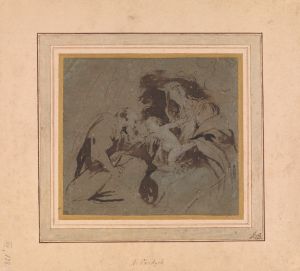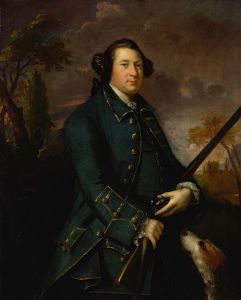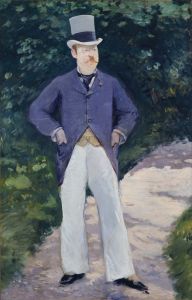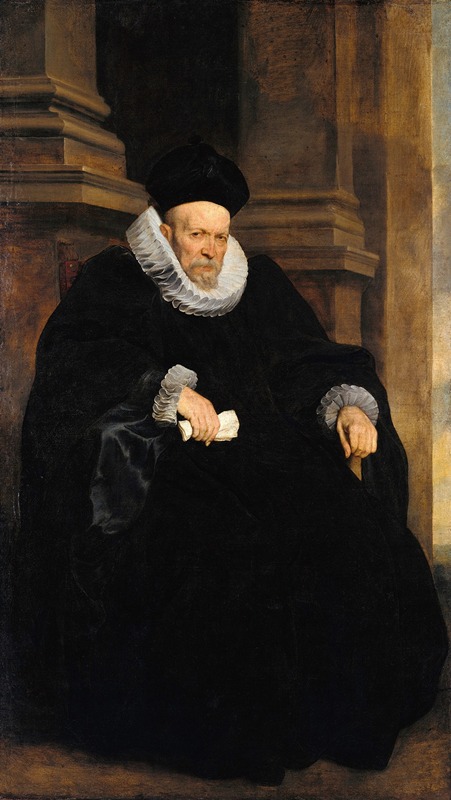
Portrait of a Genovese Gentleman
A hand-painted replica of Anthony van Dyck’s masterpiece Portrait of a Genovese Gentleman, meticulously crafted by professional artists to capture the true essence of the original. Each piece is created with museum-quality canvas and rare mineral pigments, carefully painted by experienced artists with delicate brushstrokes and rich, layered colors to perfectly recreate the texture of the original artwork. Unlike machine-printed reproductions, this hand-painted version brings the painting to life, infused with the artist’s emotions and skill in every stroke. Whether for personal collection or home decoration, it instantly elevates the artistic atmosphere of any space.
"Portrait of a Genovese Gentleman" is a painting by the renowned Flemish Baroque artist Anthony van Dyck. Van Dyck, who lived from 1599 to 1641, was a prominent portraitist known for his elegant and sophisticated style, which greatly influenced English portraiture. He was a leading court painter in England and had a significant impact on the art of portraiture during the 17th century.
This particular painting, "Portrait of a Genovese Gentleman," is one of the many portraits van Dyck created during his prolific career. Van Dyck spent a significant period in Italy, from 1621 to 1627, where he was heavily influenced by the Italian masters, particularly Titian. During his time in Italy, van Dyck painted numerous portraits of the Italian nobility and other prominent figures, which helped to establish his reputation as a leading portrait artist.
The subject of the painting, as indicated by the title, is a gentleman from Genoa, a city in northern Italy. Genoa was a significant cultural and economic center during the 17th century, and its wealthy citizens were known for commissioning portraits to display their status and sophistication. Van Dyck's portraits of Genoese nobility are characterized by their elegance and the subtle psychological insight they provide into the sitter's character.
In "Portrait of a Genovese Gentleman," van Dyck employs his characteristic style, which includes a refined use of color, a keen attention to detail, and a focus on the sitter's expression and demeanor. The painting likely features the gentleman in fashionable attire of the period, reflecting his social status and wealth. Van Dyck's skillful rendering of textures, such as the fabric of the clothing and the sitter's hair, would have been intended to convey a sense of realism and immediacy.
Van Dyck's portraits are also noted for their composition and the way he positions his subjects within the frame. He often used a three-quarter length pose, which allowed him to include the sitter's hands and part of their surroundings, providing additional context about their identity and status. The background in his portraits is typically understated, ensuring that the focus remains on the sitter.
While specific details about "Portrait of a Genovese Gentleman," such as the exact date of creation or the identity of the sitter, may not be well-documented, the painting remains an important example of van Dyck's work during his Italian period. It exemplifies his ability to capture the essence of his subjects with grace and sophistication, qualities that made him one of the most sought-after portraitists of his time.
Van Dyck's influence extended beyond his lifetime, as his approach to portraiture set a standard for future generations of artists. His work continues to be studied and admired for its technical excellence and its ability to convey the personality and status of the individuals he portrayed. "Portrait of a Genovese Gentleman" is a testament to van Dyck's enduring legacy in the world of art.






